Phone: +44 (0)20 8492 1600
Need help or have a question?
Contact us at: [email protected]
Foot blisters can be a painful and frustrating experience, but with the right care and prevention techniques, you can keep your feet comfortable and healthy. In this guide, we’ll walk you through seven essential steps to effectively care for blisters on your feet.
The first step in caring for a foot blister is to protect it from further damage. One of the most effective ways to do this is by using specialised blister plasters.
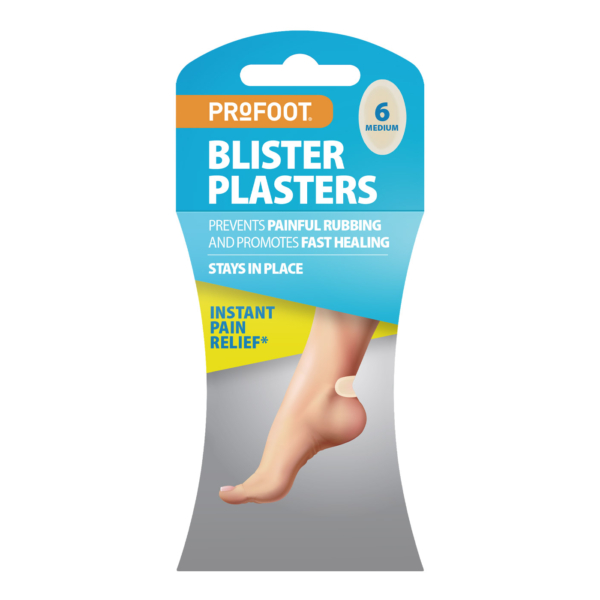
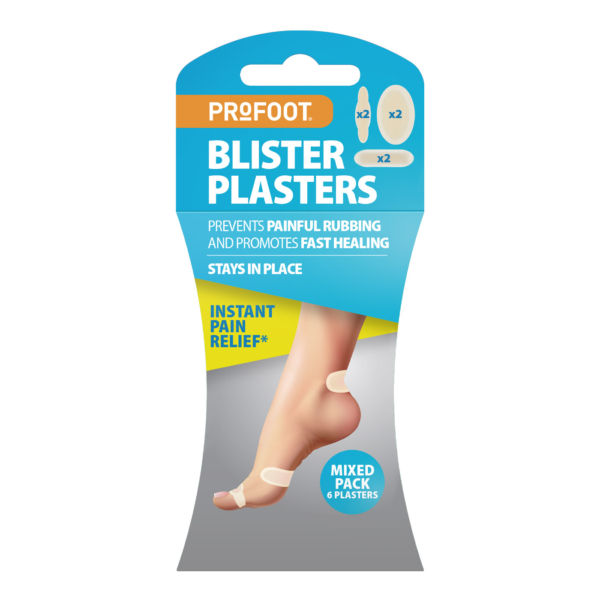
Profoot Blister Plasters provide comprehensive care for blisters. They promote a moist environment for better healing, absorb wound fluids, and protect against harmful micro-organisms. For versatile protection, consider the Blister Plasters Mixed Pack, which offers different sizes for various blister locations.
To prevent your blister from worsening, it’s crucial to reduce friction in the affected area. This can be achieved by using padding and protection products.
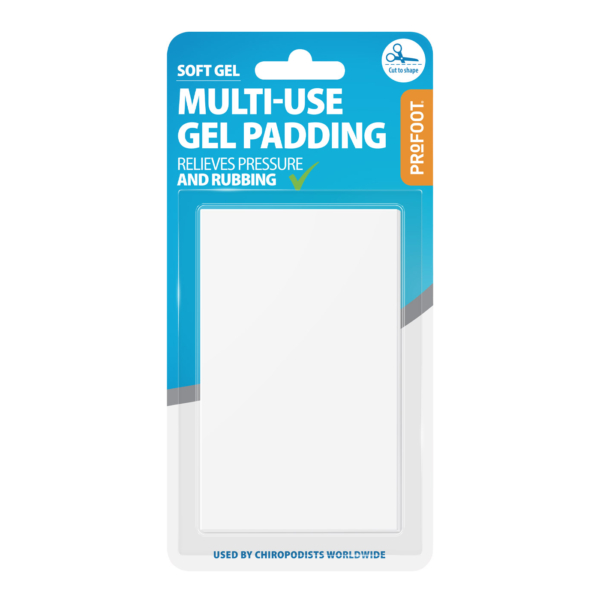
The Profoot SoftGel Multi-Use Gel Padding is an excellent choice for this purpose. It uses cutting-edge polymer gel technology to provide exceptional cushioning and protect sensitive areas from further irritation.
Maintaining proper hygiene is essential for blister care and prevention of infection. Clean the affected area gently with mild soap and water, then pat dry carefully. Avoid soaking your feet, as this can soften the skin and make it more susceptible to further blistering.
To promote faster healing and provide additional protection, consider using medicated blister products.
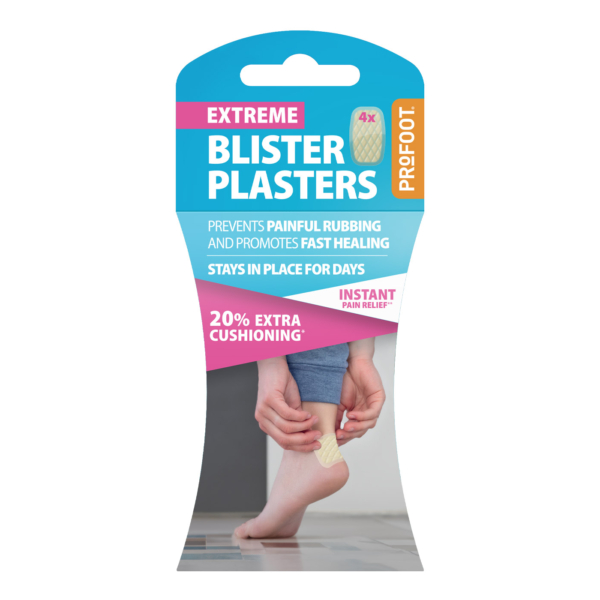
The Profoot Extreme Blister Plasters offer instant relief from painful blisters with 20% extra cushioning. These hydrocolloid dressings create a protective barrier against friction and promote faster healing.
Taking preventive measures is key to avoiding future blisters. Here are some effective strategies:
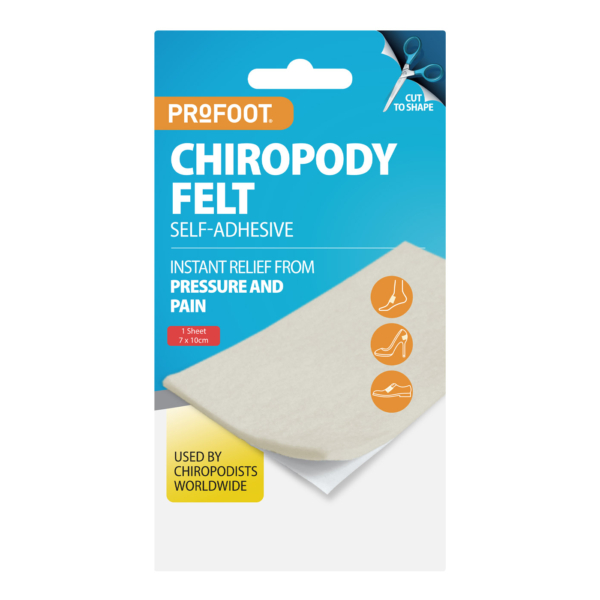
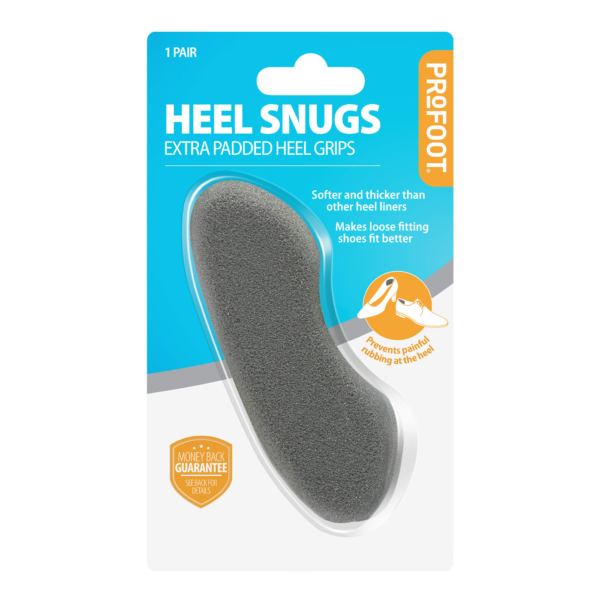
Profoot Chiropody Felt is perfect for relieving and redistributing pressure on any area of the foot. For heel blisters, Profoot Heel Snugs feature soft, extra-thick padding that eliminates slipping and rubbing.
While caring for your blister, it’s important to watch for any signs of infection. These may include:
Area around blister becomes red, warm, or inflamed
Blister contains pus or cloudy fluid, indicating infection
Blister becomes more painful or swollen
If you notice any of these signs, or if you have diabetes or circulation issues, it’s important to seek professional medical help promptly.
Lastly, remember that healing takes time. Continue to protect the blister with appropriate Blister Plasters and padding until it has fully healed. Avoid popping the blister, as this can increase the risk of infection.
Caring for blisters on your feet doesn’t have to be a painful ordeal. By following these seven steps and using quality products like those offered by Profoot, you can effectively manage existing blisters and prevent future ones from forming. Remember to always prioritize foot health and comfort, and don’t hesitate to seek professional advice if you have any concerns.
For more information on foot care and common foot problems, visit our Common Foot Problems page or check out our comprehensive Foot Care Tips.